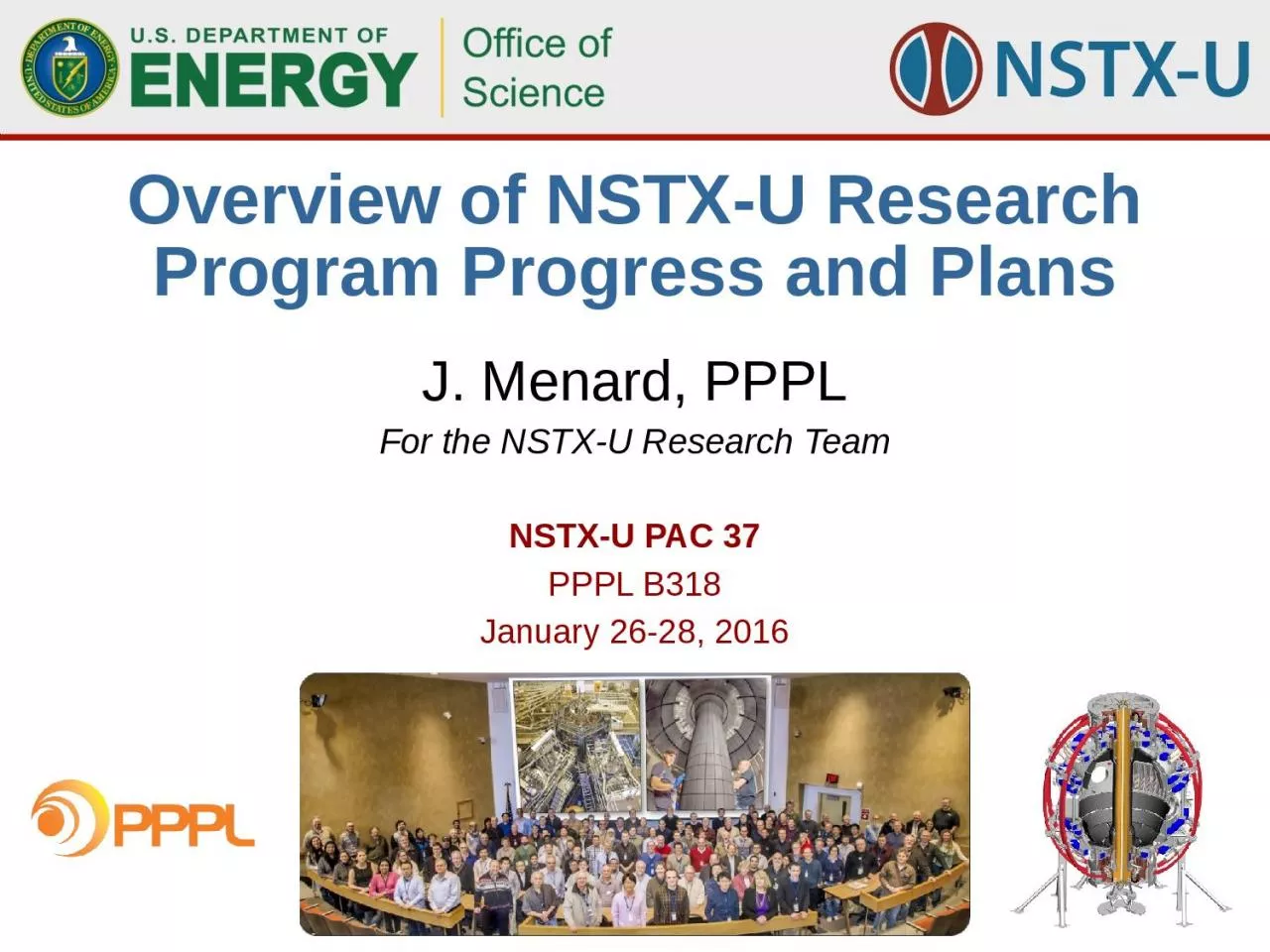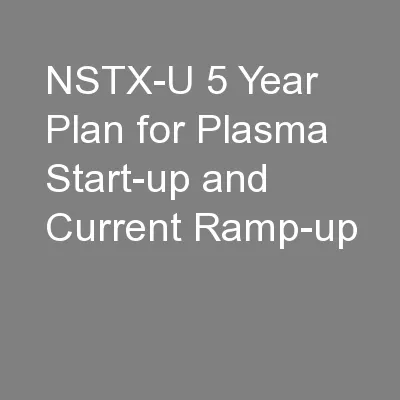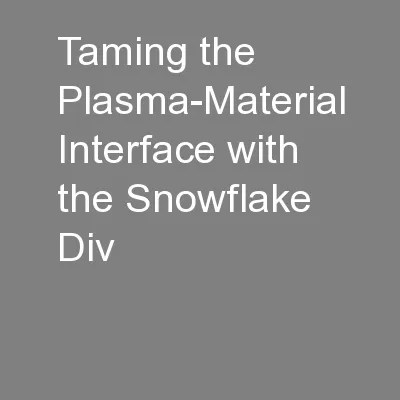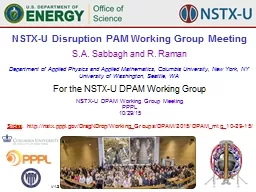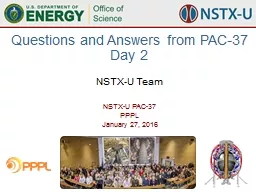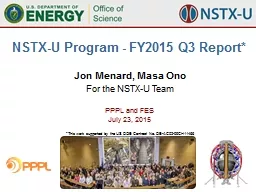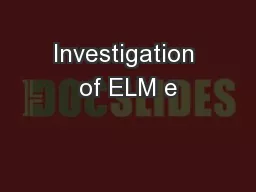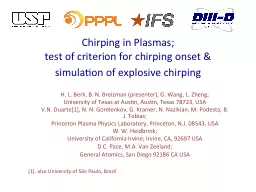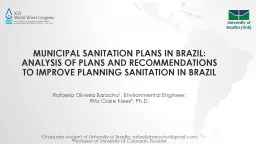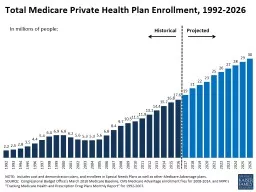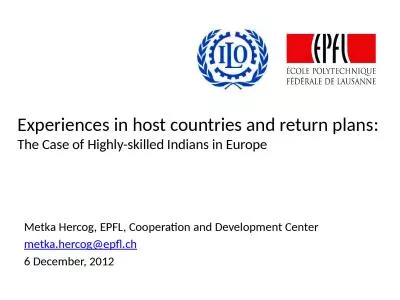PPT-Overview of NSTX-U Research Program Progress and Plans
Author : garboardcola | Published Date : 2020-08-28
Overview of NSTXU Research Program Progress and Plans NSTXU PAC 37 PPPL B318 January 2628 2016 Events s ince PAC35 Charge Questions Mission and Capabilities of
Presentation Embed Code
Download Presentation
Download Presentation The PPT/PDF document "Overview of NSTX-U Research Program Prog..." is the property of its rightful owner. Permission is granted to download and print the materials on this website for personal, non-commercial use only, and to display it on your personal computer provided you do not modify the materials and that you retain all copyright notices contained in the materials. By downloading content from our website, you accept the terms of this agreement.
Overview of NSTX-U Research Program Progress and Plans: Transcript
Download Rules Of Document
"Overview of NSTX-U Research Program Progress and Plans"The content belongs to its owner. You may download and print it for personal use, without modification, and keep all copyright notices. By downloading, you agree to these terms.
Related Documents

